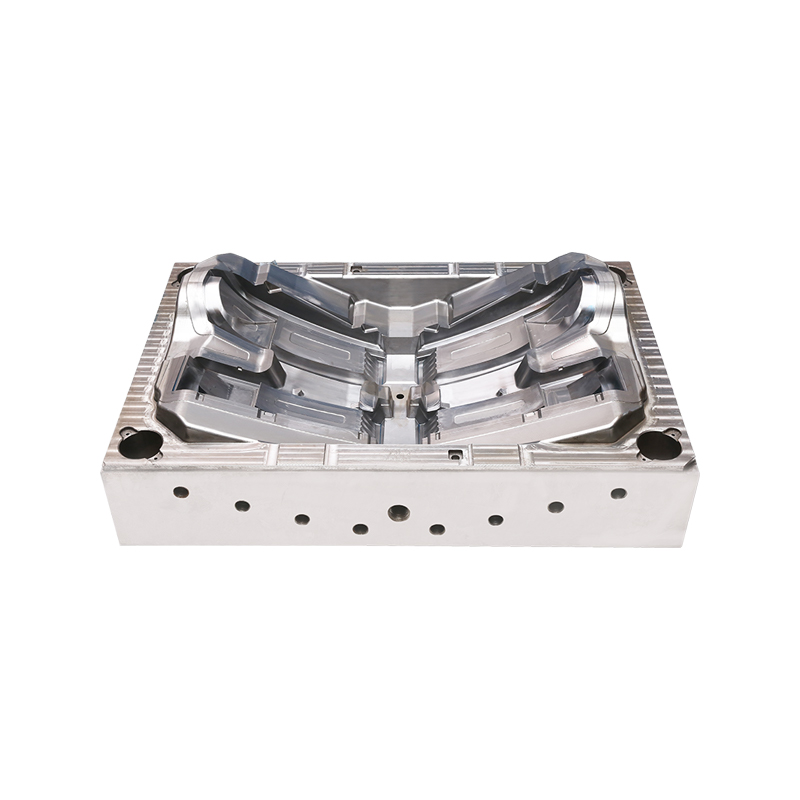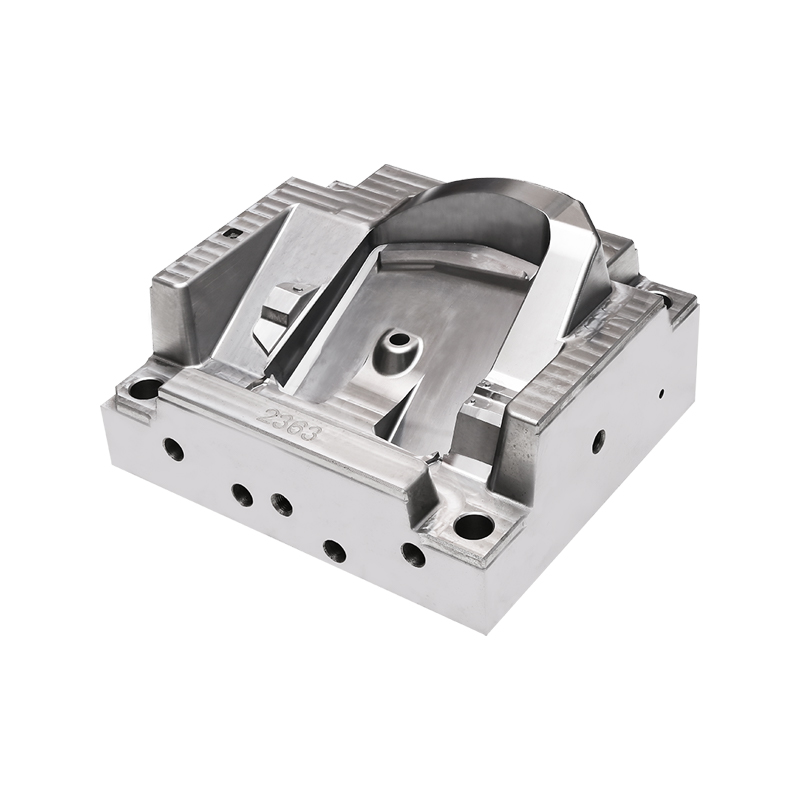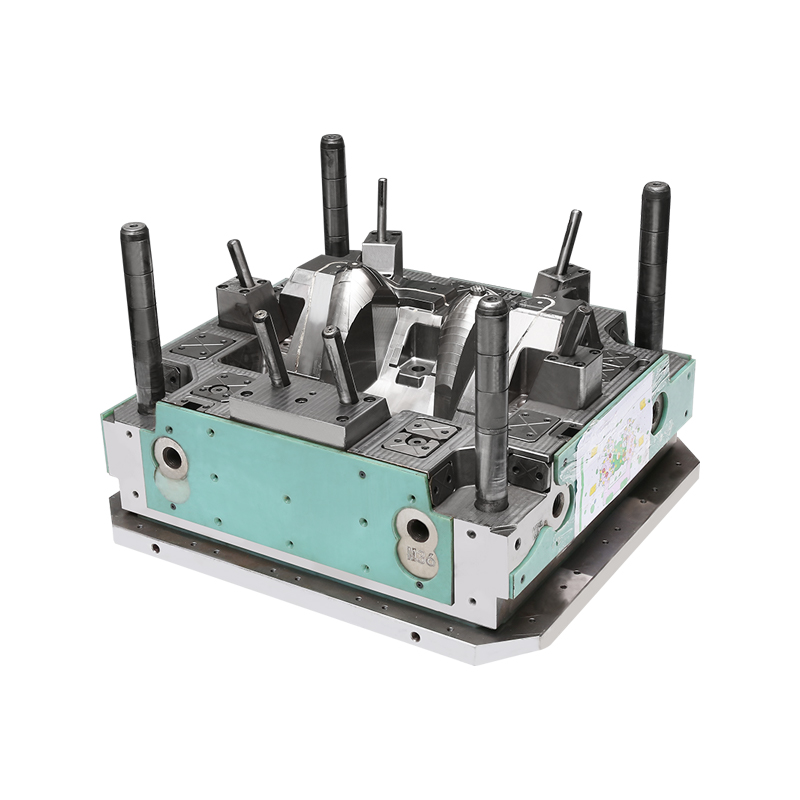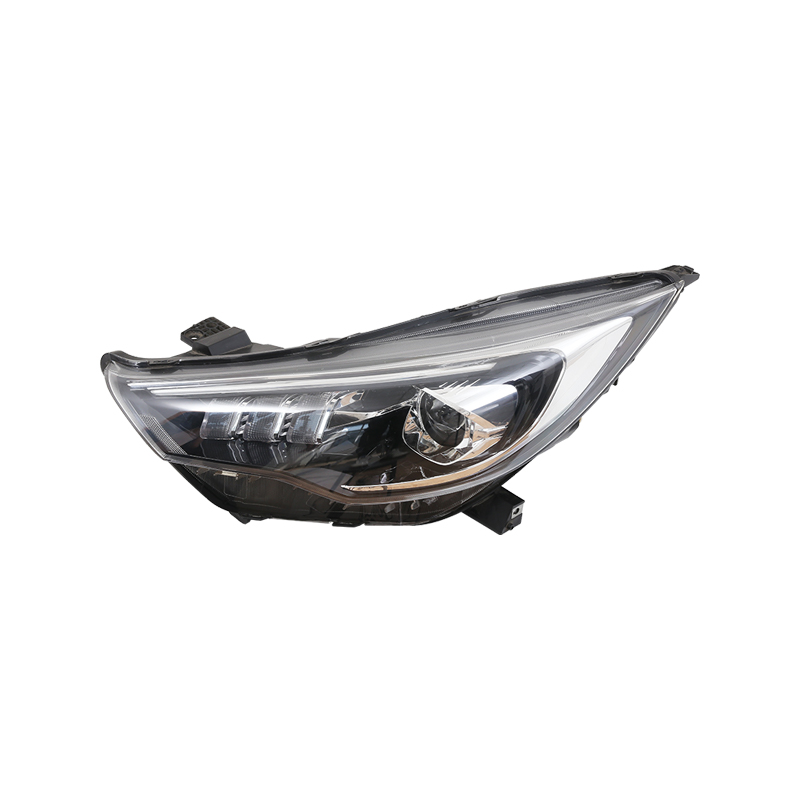Sale Automotive Plastic Injection Car Part Mold Factory
The automotive industry’s relentless pursuit of efficiency, precision, and sustainability has placed car part molds at the heart of modern manufacturing. As vehicles evolve to meet stricter emissions standards and consumer demands for lightweight, durable components, the materials used in car part molds have become a critical focus. This article explores traditional and emerging materials in car part mold production, highlighting their impact on durability, cost-effectiveness, and environmental performance.
Traditional Materials in Car Part Mold Manufacturing
For decades, steel alloys have dominated car part mold production due to their unmatched strength and heat resistance. Tool steels like H13 and P20 are widely used for high-pressure die-casting and injection molding processes. These materials excel in withstanding repetitive thermal cycling and mechanical stress, making them ideal for producing engine blocks, transmission housings, and structural components. However, steel-based car part molds come with drawbacks: extended machining times, high energy consumption during heat treatment, and significant weight, which complicates handling and installation.
Aluminum alloys emerged as a lightweight alternative, particularly for low-to-medium volume production. Aluminum’s thermal conductivity reduces cooling times in injection molding, accelerating cycle times. Car part molds made from alloys like 7075 or 6061 are easier to machine, lowering upfront costs. Yet, aluminum’s lower hardness limits its use in high-wear applications, requiring frequent maintenance or replacement.
Plastics, though less common, have found niche roles in prototyping or short-run car part molds. Materials like epoxy resins or high-density polyurethane offer rapid tooling solutions for concept validation. While cost-effective and lightweight, plastic molds lack the durability needed for mass production, restricting their utility in the automotive sector.

Breakthrough Materials Revolutionizing Car Part Mold Design
Recent advancements in material science are addressing the limitations of traditional options. High-strength alloys, such as maraging steel, combine the toughness of conventional steel with enhanced corrosion resistance and dimensional stability. For car part molds, this translates to extended service life—up to 300,000 cycles without significant wear—and reduced downtime for repairs. German automaker BMW recently reported a 40% improvement in mold longevity after adopting maraging steel for complex underbody components.
Composite materials are another game-changer. Carbon fiber-reinforced polymers (CFRPs) and ceramic-metal hybrids are being integrated into car part molds to optimize thermal management. CFRP molds, for instance, dissipate heat 50% faster than aluminum, enabling faster cooling and shorter production cycles. Toyota’s adoption of ceramic-coated molds for battery housing production cut energy consumption by 18%, aligning with the industry’s push toward carbon neutrality.
Additive manufacturing has further expanded possibilities. 3D-printed car part molds using binder jetting or direct metal laser sintering (DMLS) allow for intricate cooling channels that traditional methods cannot achieve. These conformal cooling pathways ensure uniform temperature distribution, minimizing warping in components like dashboard panels. General Motors recently reduced scrap rates by 25% using 3D-printed molds with optimized geometries.
Balancing Performance and Sustainability
Material innovation isn’t solely about durability—it’s also about environmental responsibility. The shift toward recycled tool steels and bio-based polymers for car part molds reflects this dual focus. ThyssenKrupp, for example, now offers steel alloys containing 30% recycled content for mold applications, reducing CO2 emissions by 15% per ton. Meanwhile, bio-composites derived from flax or hemp fibers are being tested for low-stress molds, offering a biodegradable alternative without compromising structural integrity.
Case Study: Electric Vehicle (EV) Component Molding
The rise of EVs has intensified demands for car part molds capable of handling novel materials like silicon-aluminum alloys for motor housings or fire-resistant polymers for battery casings. Tesla’s Gigafactories utilize modular car part molds made from nickel-based superalloys to withstand the temperatures of battery module production. These molds support faster changeovers, accommodating rapid design iterations inherent to EV development.
The Road Ahead: Smart Materials and Digital Integration
Looking forward, car part mold materials will increasingly incorporate “smart” functionalities. Shape-memory alloys that self-repair micro-cracks during heating cycles are under development, potentially eliminating unplanned maintenance. Sensors embedded within molds could provide real-time data on stress distribution, enabling predictive maintenance. Companies like Siemens are piloting AI-driven platforms that analyze this data to recommend material upgrades or design tweaks, further blurring the line between physical and digital manufacturing.
From steel to composites, the evolution of car part mold materials mirrors the automotive industry’s broader transformation. As manufacturers navigate the challenges of electrification, lightweighting, and circular economy goals, material choices will remain pivotal. Innovations in high-strength alloys, composites, and additive manufacturing aren’t just extending mold lifespans—they’re redefining what’s possible in automotive production. For car part mold engineers, the future lies in embracing these material breakthroughs while balancing cost, performance, and planetary stewardship.
Whether crafting a intricate gearbox component or a sleek EV body panel, the humble car part mold continues to prove its indispensability—one innovative material at a time.

 English
English 中文简体
中文简体 русский
русский Español
Español








